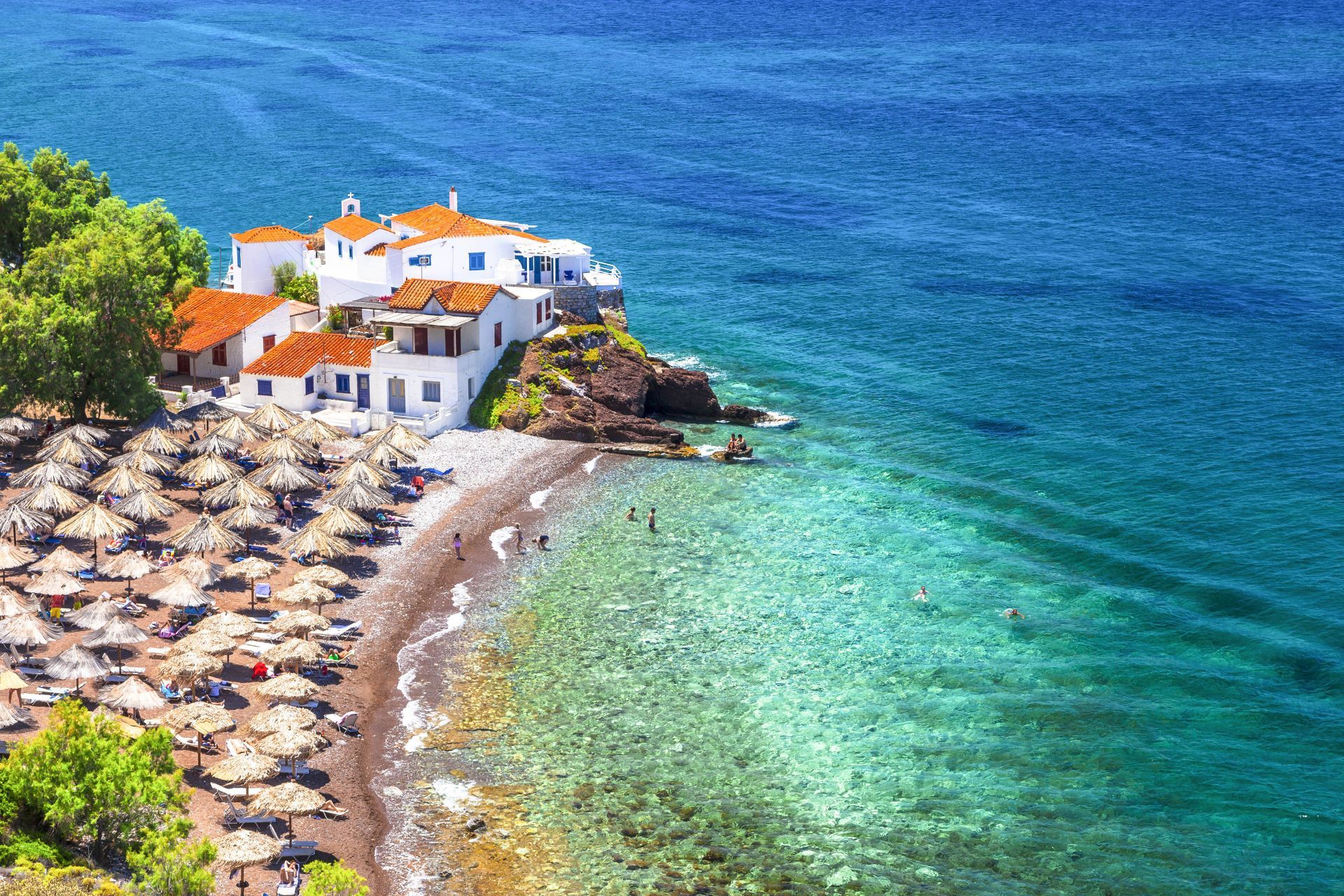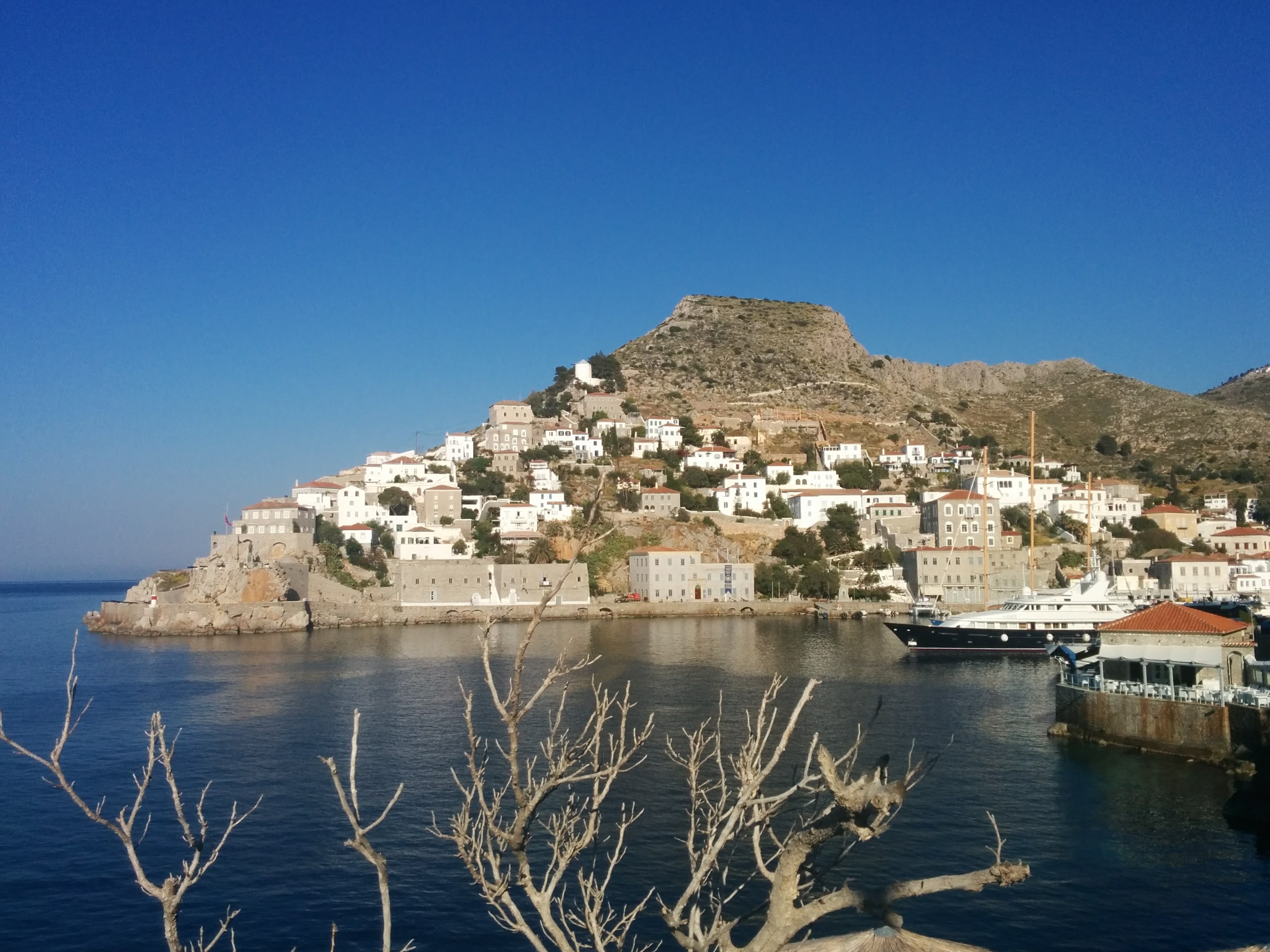

It’s filled with narrow cobblestone streets, peaceful squares and lavish stone mansions built by Italian artisans once owned by important families that reveal the island’s wealthy past. It’s the most unspoiled in the archipelago, with growth limited as new buildings aren’t allowed, only the restoration of old ones. After the racket of inner Athens and ear-splitting assaults on the eardrums by motorbikes in Aegina and Spetses, Hydra’s blissful tranquility, especially off-season, is a cause for rejoicing.One of the Saronic Gulf islands, along with Spetses, Poros, Angistri, and Aegina, they say Hydra is the one that brought tourism to Greece.

There are many reasons to love Hydra, not the least of which is the fact that all motor traffic is banned from the island (except for several rather noisy garbage trucks). The Hydra Workshop is a waterfront art space that puts together an annual exhibition inspired by the collection of London-based art patron Pauline Karpidas. In summer there are ongoing art exhibitions in many venues around the island, from the town’s schools (where curator Dimitrios Antonitsis organizes his annual collaborative Hydra School Projects) to the Melina Mercouri exhibition space right by the Hydra harbor, opposite the hydrofoil dock. Every summer, the opening night of the Slaughterhouse is one of the art world’s most coveted invitations modern-art lovers flock here to catch a glimpse of the most avant-garde artworks, refreshed by the Hydriot breeze. The arrival of world-famous contemporary art collector Dakis Joannou (who set up an exhibition space at the island's former slaughterhouse in 2009 for his DESTE Foundation) means that Hydra is now a magnet for today's chic art crowd. The site of an annex of Athens’s Fine Arts School, today Hydra remains a favorite haunt of new and established artists. In the early 1960s, an Italian starlet named Sophia Loren emerged from Hydra’s harbor waters in the Hollywood flick Boy on a Dolphin.

In the middle of the 20th century the island became a haven for artists and writers like Arthur Miller, Canadian singer-songwriter Leonard Cohen, and the Norwegian novelist Axel Jensen. Their trade routes stretched from the mainland to Asia Minor and even America. Hydra took part in the Greek War of Independence, begun in 1821, by which time the island had developed an impressive merchant fleet, creating a surge in wealth and exposing traders to foreign cultures. Although there are traces of an ancient settlement, the island was sparsely inhabited until the Ottoman period. Because of the nearly round harbor, the town is only visible from a perpendicular angle, a quirk in the island's geography that often saved the island from attack, since passing ships completely missed the port. But as the island's curved harbor-one of the most picturesque in all of Greece-comes into view, delight will no doubt take over. Gray, mountainous, and barren, Idra (to use its alternative spelling) has the gaunt look of a saintly figure in a Byzantine icon.
#Hydra greece full
As the full length of Hydra stretches before you when you round the easternmost finger of the northern Peloponnese, your first reaction might not, in fact, be a joyful one.


 0 kommentar(er)
0 kommentar(er)
